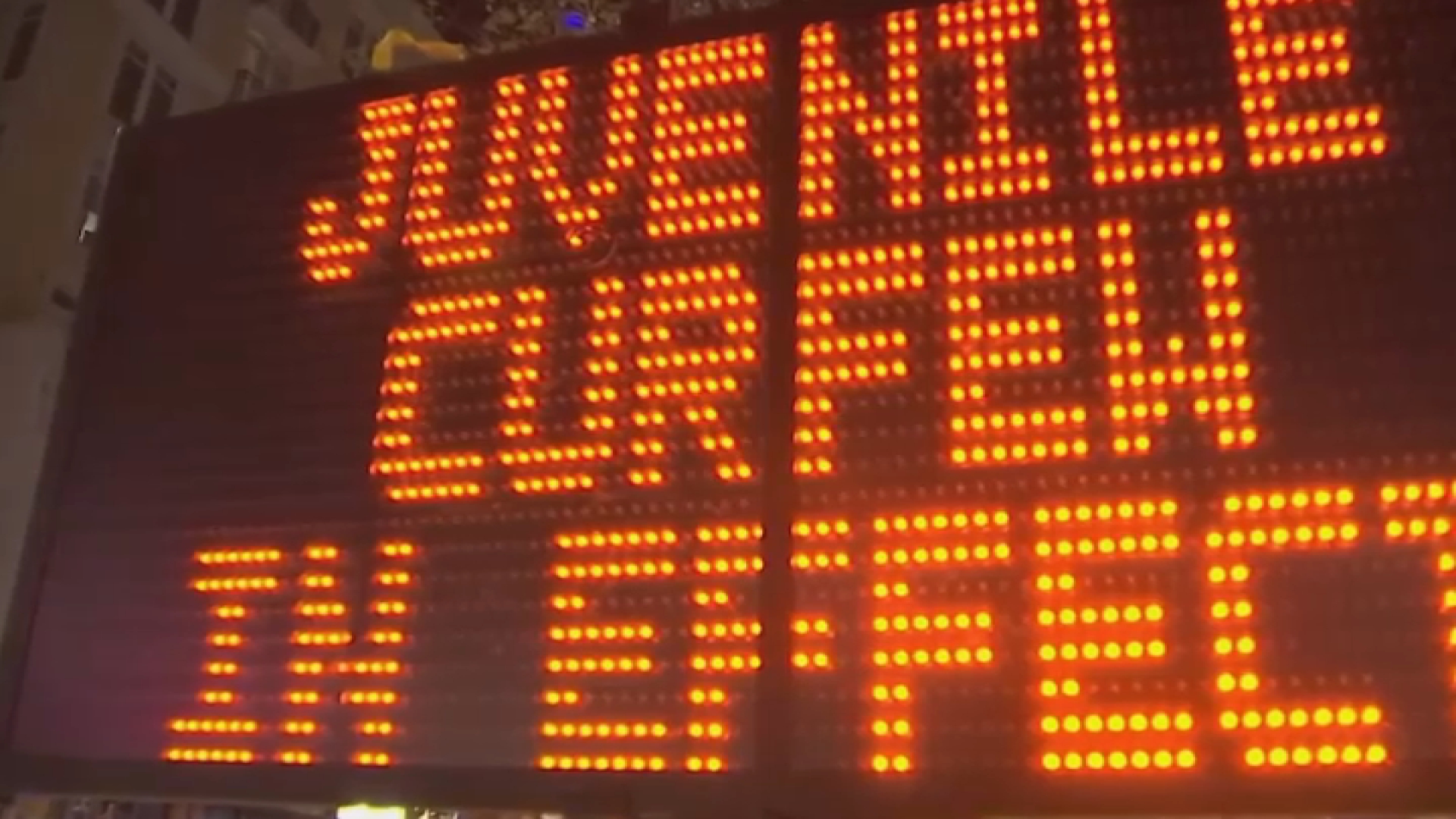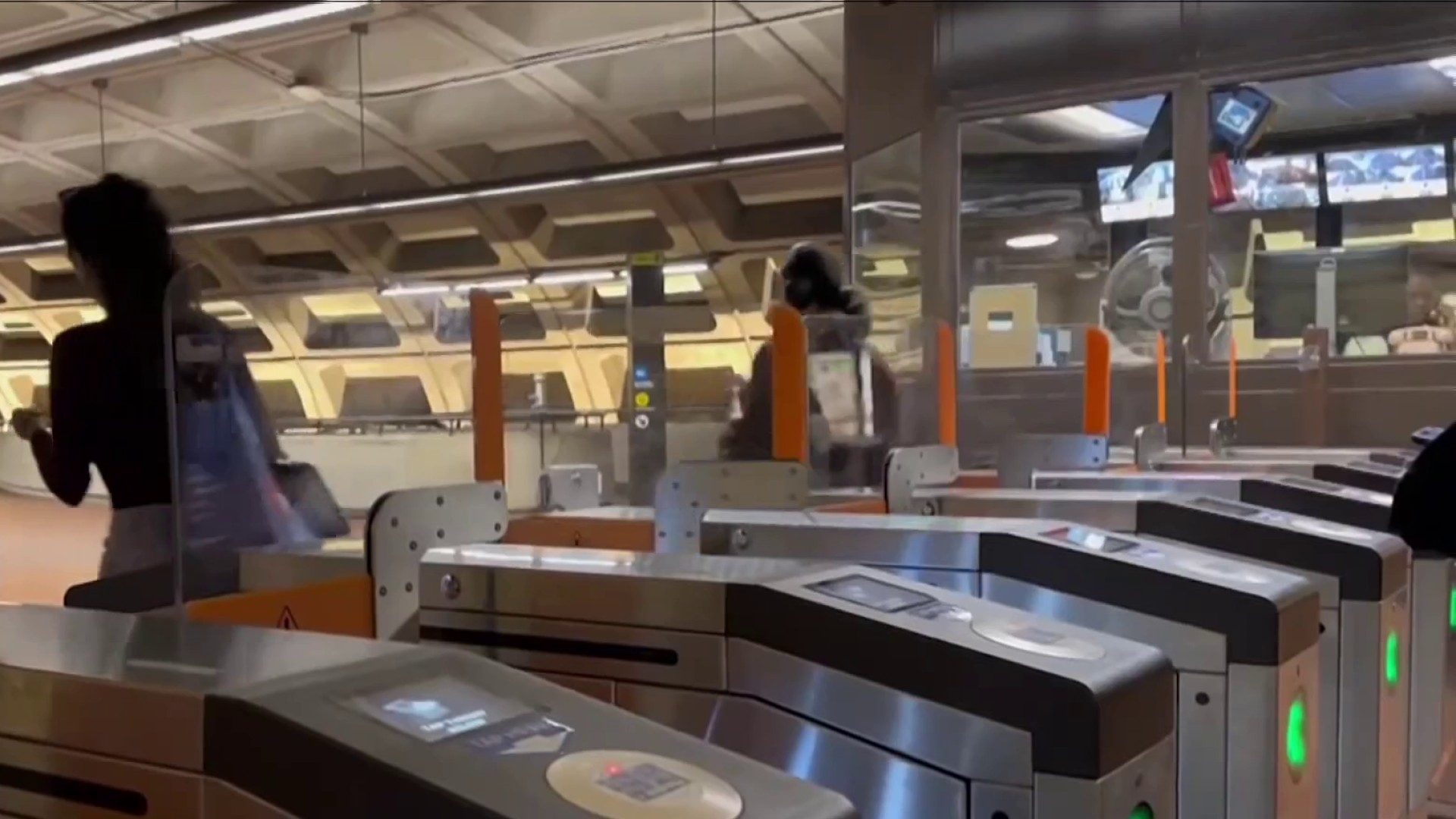Rescuers drilled a first hole into a coal mine where 25 people died in an explosion but got no response from possible survivors when they banged on the drill pipe Wednesday to send a signal. Three more vents needed to be bored to release poison gases before searchers could look for four people still missing in the worst U.S. mining accident in over two decades.
Gov. Joe Manchin said the first hole reached the Upper Big Branch Mine after boring through about 1,090 feet of earth and
rock. Rescuers banged on the drill pipe for 15 minutes in hopes of being heard below ground.
"We did not get any response back," Manchin said at an early morning briefing. Officials said they also planned to set off a small explosion on the surface to send a seismic signal down to the mine.
The company that runs the mine, Massey Energy Co., frequently sidesteps hefty fines by aggressively contesting safety violations,
including recent problems with the ventilation system that clears away combustible methane gas.
Bombarding federal regulators with appeals is an increasingly common industry tactic since the 2006 Sago mine disaster that
killed 12 led to stiffer fines and new enforcement to punish the worst offenders, according to an Associated Press review of records
from the Mine Safety and Health Administration.
Massey is still contesting more than a third of all its violations at the Montcoal, W.Va., mine since 2007. In the past year, federal inspectors have proposed more than $1 million in fines for violations at the mine. Only 16 percent have been paid.
Federal regulators planned to review its violations, many of which involved venting methane gas. If the odorless, colorless gas
is not kept at safe levels, a small spark can ignite it.
Local
Washington, D.C., Maryland and Virginia local news, events and information
In an interview Tuesday with AP, Massey CEO Don Blankenship downplayed the link between the ventilation system and the
accident.
"I don't know that MSHA thought there was a problem," he said.
Manchin said the first drill hole entered the section of the mine about a football field's length away from a rescue chamber
where officials hope the miners sought refuge from toxic gas.
Two days after the blast that also left two hospitalized, the buildup of methane gas and carbon monoxide was too dangerous for
anyone to enter and look for the missing or to recover the bodies of 18 known dead.
Crews continued to drill three additional holes, all of which are meant to monitor the section's air and ventilate it with high
pressure fans.
Seven bodies were brought out after Monday afternoon's blast rocked the mine.
Once the mine is ventilated, teams would need four or five hours to reach the area where officials believe the miners are about
1,000 feet beneath the surface, said Chris Adkins, chief operating officer for Massey Energy Co., which owns the mine. The long
section is about 20 feet wide with barely enough room to stand, a safety official said.
Searchers would have to navigate in the darkness around debris from structures shattered by the explosion and around sections of
track that were ``wrapped like a pretzel,'' said Kevin Stricklin, an administrator from the federal Mine Safety and Health Administration.
"There's so much dirt and dust and everything is so dark that it's very easy, as hard as it may seem to any of us outside in this
room, to walk by a body," Stricklin said.
The missing miners might have been able to reach airtight chambers stocked with food, water and enough oxygen for four days.
But rescue teams checked one of two chambers nearby and found it empty. Unsafe conditions prevented them from reaching the second.



